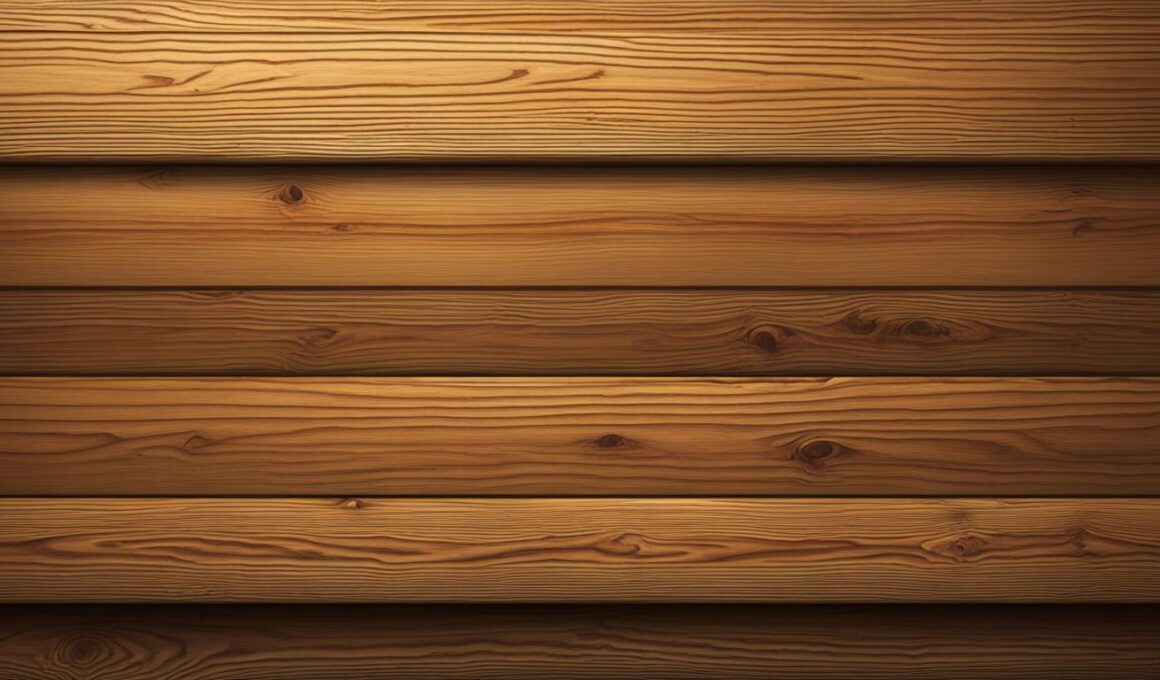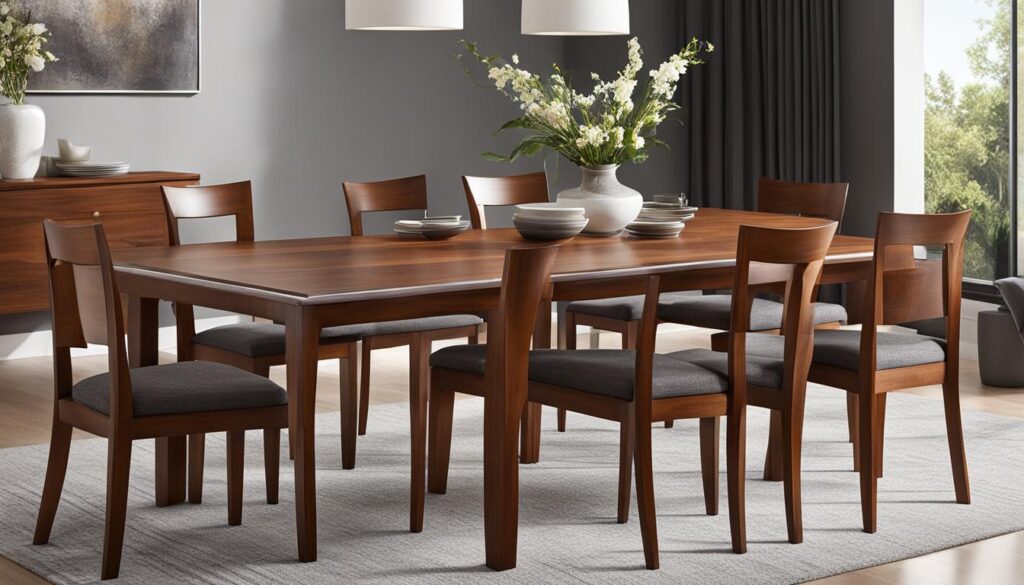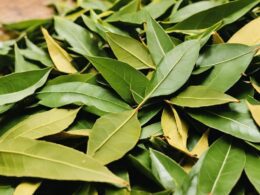When it comes to the characteristics of wood, one common question that often arises is whether spruce is considered a hardwood. Well, the answer may surprise you. Spruce actually falls under the category of softwood, not hardwood.
Softwoods, like spruce, come from coniferous trees which are known for their quick growth and ease of cutting. They are commonly used as building materials. On the other hand, hardwoods come from broad-leaved, deciduous trees and are used in high-quality furniture and flooring. Examples of hardwood trees include oak, ash, and beech.
But what sets spruce apart from other softwoods? Well, one interesting fact about spruce is that the heartwood, which is the inner and darker section of the tree, is naturally termite-resistant. This makes spruce a popular choice for construction projects where durability is a priority. Additionally, spruce has a straight grain with a fine to medium texture, which adds to its appeal.
When it comes to lumber grades, spruce is classified based on its quality and suitability for different applications. The grades range from First and Seconds (FAS), which is the best and most expensive grade, to #3 Common, which is more economical and suitable for crates and fencing.
So, while spruce may not be classified as a hardwood, it certainly has its own unique qualities and applications in the world of woodworking.
Differences Between Hardwood and Softwood Lumber Grades
Understanding the differences between hardwood and softwood lumber grades is essential when choosing the right type of wood for your projects. Hardwood lumber grades include First and Seconds (FAS), #1 Common, #2 Common, and #3 Common. FAS is the best and most expensive grade, suitable for fine furniture and cabinetry. #1 Common is a good value if small pieces can be used, while #2 Common is suitable for paneling and flooring applications. #3 Common is the most economical grade, suitable for crates, pallets, and fencing.
Softwood lumber grades include A Select, B Select, C Select, D Select, No. 1 (Construction), No. 2 (Standard), and No. 3 (Utility). A Select has no knots or visible defects and is suitable for fine furniture and cabinetry. B Select has a few small defects, while C Select has small tight knots. D Select may have visible knots and blemishes. No. 1 (Construction) is suitable for shelving and paneling, No. 2 (Standard) has larger knots, and No. 3 (Utility) has large knots.
Understanding the different lumber grades allows you to choose the right wood for your specific needs. Whether you are building fine furniture, paneling your walls, or constructing crates, knowing the appropriate grade will ensure the success of your project.
Identifying the Ideal Wood Type for Your Furniture
When looking for wood furniture, it’s important to identify the ideal wood type for your needs. Solid wood furniture is generally stronger and more durable than other types. Solid wood means that each exposed part of the furniture is made from actual hardwood.
Veneer, hardwood laminate, and MDF (medium-density fiberboard) are other options that can still be of high quality. Understanding whether the furniture is made from solid wood or a combination of materials will help you determine its value.
When assessing the wood type, check the end grain color and pattern to ensure consistency. Also, consider whether the wood has been weathered or stained, as this can affect its appearance. The hardness and weight of the wood can also indicate its quality and durability.
Additionally, knowing the origin of the wood can provide insights into its quality and lifespan.
When it comes to furniture construction, choosing the right wood type is crucial for the overall aesthetics, durability, and functionality of your piece. Solid wood furniture is crafted from single pieces of wood, creating a sense of authenticity and longevity. It’s important to note that solid wood furniture can be more expensive due to the higher material cost and skilled craftsmanship required.
Veneer furniture, on the other hand, features a thin layer of high-quality wood bonded to a base material such as particleboard or plywood. This allows for greater design flexibility and cost-effectiveness while still providing the look and feel of real wood.
Hardwood laminate furniture combines the durability of laminate with the natural beauty of hardwood. This type of furniture is made by layering a thin hardwood veneer over a laminate core, resulting in a stylish and durable product.
MDF (medium-density fiberboard) furniture is made from small wood fibers mixed with resin and compressed under high pressure. It offers a smooth and consistent surface, making it popular for painting and veneering.
It’s important to consider the specific characteristics of each wood type when choosing your furniture. Hardwoods, such as oak, maple, and cherry, are known for their strength, durability, and natural beauty. Softwoods, like pine and cedar, are more affordable and often used for outdoor furniture.
Ultimately, the ideal wood type for your furniture will depend on your personal preferences, budget, and intended use. By considering factors such as wood characteristics, furniture construction, and your specific needs, you can make an informed decision that will result in a piece of furniture that not only looks great but also stands the test of time.
Conclusion
In conclusion, spruce pine is a specific type of pine found in the Southeastern United States. It is characterized by its straight grain and fine to medium texture. The heartwood of spruce pine is reddish-brown, while the sapwood is yellowish-white.
Spruce pine is widely used in heavy construction projects such as bridges, beams, and poles. Its strength and durability make it a popular choice for these applications. Additionally, spruce pine is utilized in plywood production, wood pulp, and veneers, further highlighting its versatility and importance in various industries.
Understanding the characteristics and uses of spruce pine can greatly contribute to informed decision-making when it comes to construction and woodworking projects. Whether you are a builder, furniture maker, or someone interested in the natural properties of wood, spruce pine offers a reliable and sustainable option for your needs.
Is Spruce Considered a Type of Chestnut or Hardwood?
Spruce is not considered a type of chestnut or hardwood. While spruce is a softwood, chestnuts are hardwood trees. The horse chestnut differences explained lie in their wood density, growth patterns, and the type of tree they belong to. It’s important to understand these distinctions when working with wood products.










